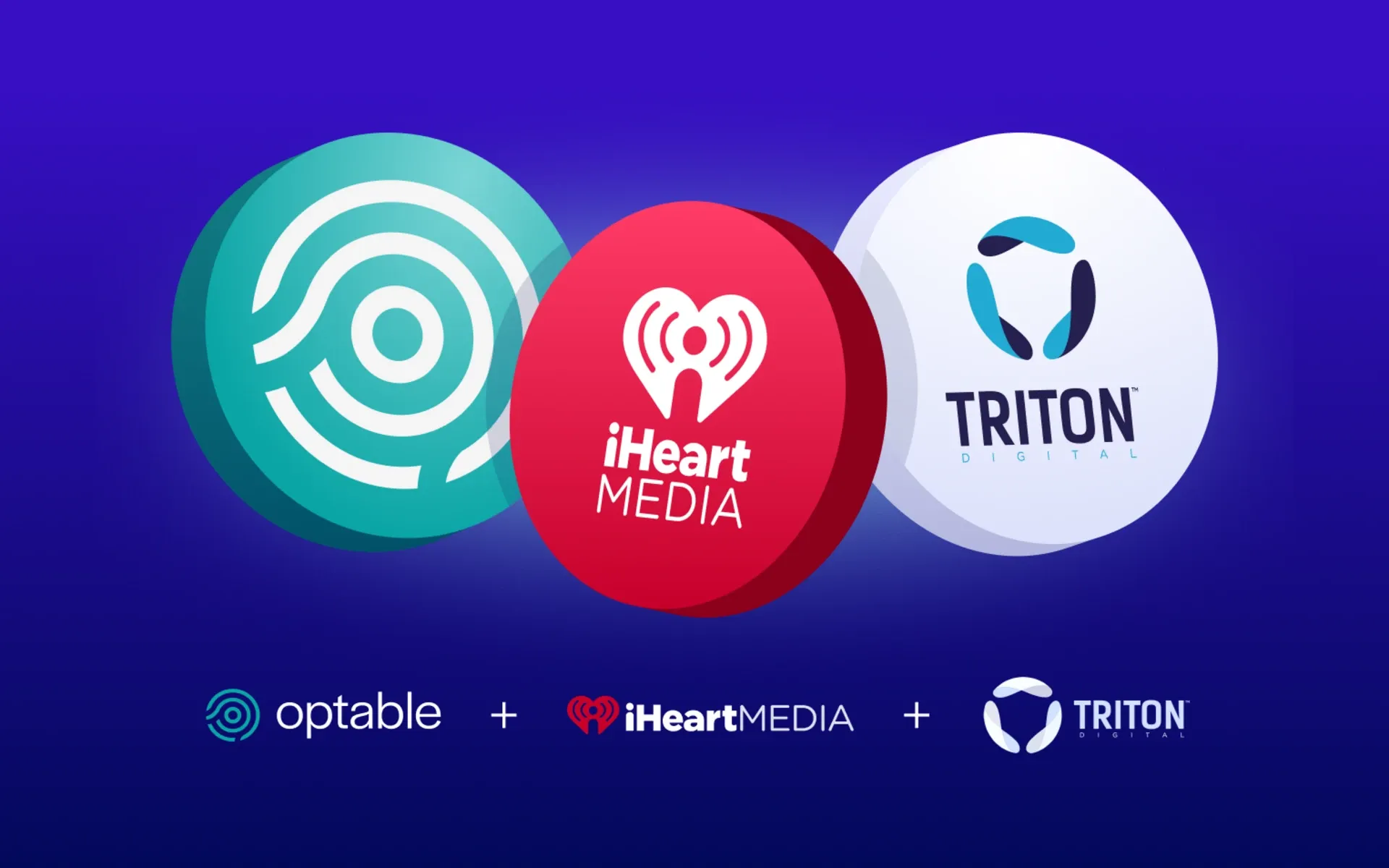Audio identity tech partnership drives 2.4x higher ad fill rates
Triton Digital and Optable collaboration enables advanced identity solutions for audio publishers, boosting programmatic revenue.

Five days ago, on February 6, 2025, Triton Digital, a global technology provider for digital audio and podcasting industries, announced a strategic partnership with Optable, an identity management platform. This collaboration addresses a significant technical challenge in digital audio advertising: the complex process of implementing identity solutions while maintaining privacy standards.
According to John Rosso, President and CEO of Triton Digital, the integration represents a significant advancement in audio advertising technology. The partnership has already demonstrated measurable results through its implementation with iHeartMedia, the leading audio company in the United States.
The technical integration combines Triton Digital's Supply-Side Platform (SSP) with Optable's ID Switchboard, enabling the deployment of multiple identity frameworks. These include The Trade Desk's Unified ID 2.0 (UID2), Yahoo Connect ID, Epsilon PubLink, and Criteo Encrypted Email. The system processes these identifiers while adhering to privacy regulations and simplifying integration processes for publishers.
Initial performance metrics from iHeartMedia's implementation reveal significant improvements in advertising efficiency. The platform achieved a 2.4 times higher fill rate for inventory using UID2 traffic. Additionally, advertisers increased their average daily spending by 26% after the implementation.
Bosko Milekic, Chief Product Officer and Co-Founder of Optable, explained the technical architecture: "Integrating Optable's ID Switchboard with Triton's Audio SSP gives iHeartMedia and other audio publishers an easy way to use their first-party data to activate identity solutions like UID 2.0 securely and seamlessly, all in one place."
The solution addresses historical challenges in audio advertising addressability, which has traditionally suffered from complex integration requirements with supply-side systems. The new system enables publishers to leverage user insights hosted on Optable, functioning as an impartial third party, while filling advertising inventory through Triton Digital's SSP.
The technical implementation includes several key components: enhanced processing capabilities for generating extended user identifiers, streamlined data integration enabling rapid testing of new data sets, and simplified implementation protocols for publishers. The system maintains privacy compliance by isolating personal data during processing.
For implementation, Triton Digital and Optable developed server-to-server infrastructure to handle large datasets across media platforms. This infrastructure enables scalability for major publishers like iHeartMedia and Bell Media while maintaining data security standards.
The partnership's scope extends beyond basic identity management. Through Optable's ID Switchboard, publishers gain access to a unified interface for managing multiple identity frameworks. This centralization simplifies the technical complexity of working with various identity solutions while maintaining privacy standards.
The technical architecture ensures privacy-safe controls while supporting multiple Extended Identity Documents (EIDs). Publishers can now manage various identity frameworks through a single interface, streamlining what was previously a complex technical process.
Looking forward, both companies indicate this integration represents an initial step in developing advanced identity solutions for audio advertising. The demonstrated performance improvements suggest potential for further optimization of programmatic advertising in the audio sector.
The collaboration between Triton Digital and Optable exemplifies the ongoing technical evolution in digital audio advertising, as the industry adapts to changing privacy requirements while seeking to maintain effective addressability for advertisers. The measurable improvements in fill rates and advertiser spending indicate the technical solution's effectiveness in addressing these challenges.

